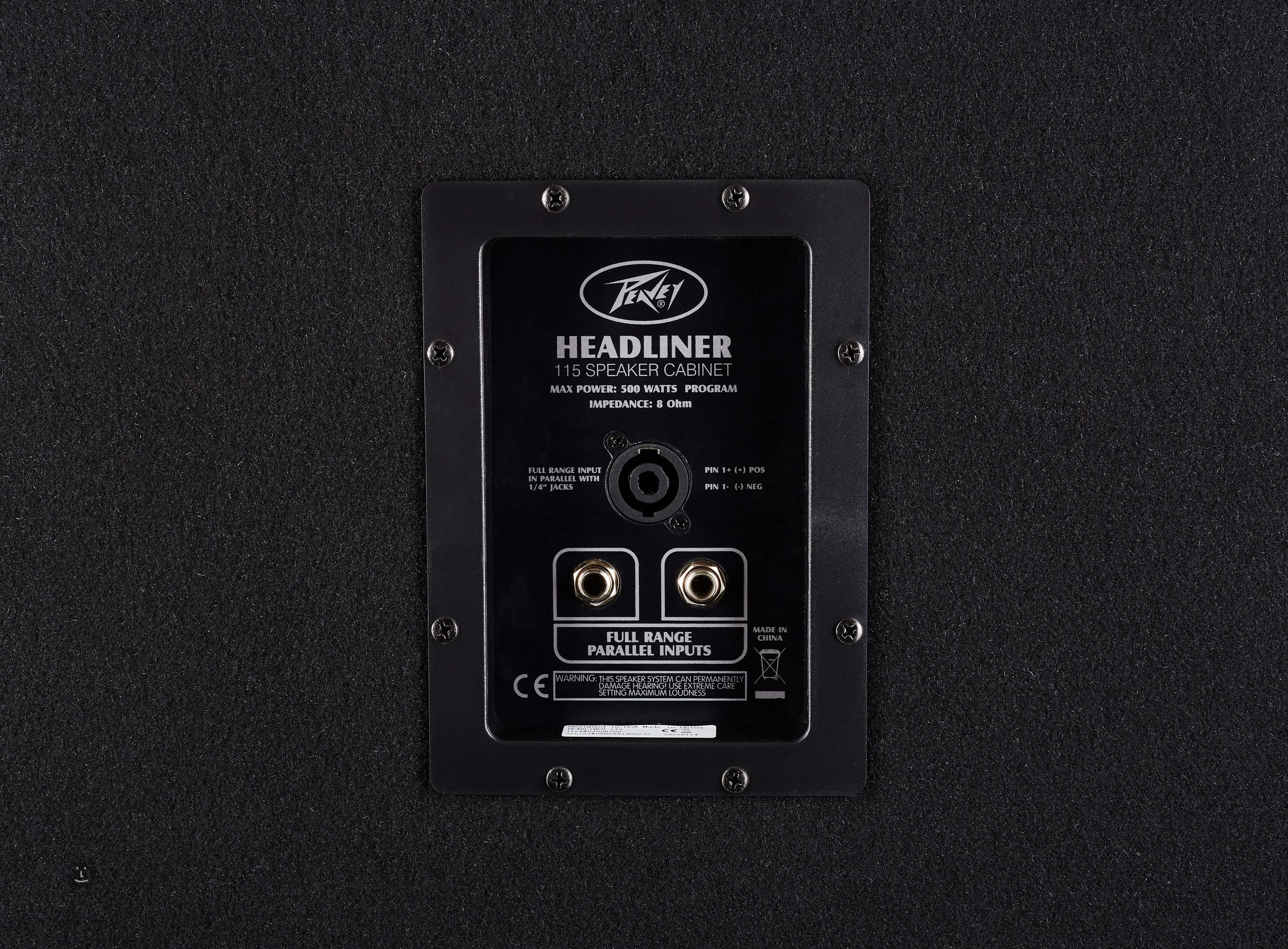Peavey Headliner 210 Bass Cabinet: Peavey Headliner 210 Bass Cabinet Review

The Peavey Headliner 210 is a compact bass cabinet designed for portability and affordability. It’s a popular choice for beginner bassists and those needing a smaller, lightweight amplification solution for practice or smaller gigs. Understanding its value requires examining its features, performance, and price point relative to competitors.
Peavey Headliner 210: Value Assessment
The Peavey Headliner 210 typically falls into a lower-mid price range for bass cabinets. Its value proposition rests on the balance between its features – two 10-inch woofers, a relatively high power handling capacity, and Peavey’s established reputation – and its price. Direct comparisons to similarly priced competitors are necessary to fully assess its value, considering factors like speaker quality, construction materials, and overall sound reproduction. A thorough review would include such comparisons. However, based on general market trends, it often provides a decent level of performance for its cost.
Peavey Headliner 210: Pros and Cons, Peavey headliner 210 bass cabinet review
The following list summarizes advantages and disadvantages frequently cited in user reviews and professional assessments of the Peavey Headliner 210. These are not subjective opinions but rather commonly reported observations.
- Pros: Lightweight and portable design, relatively high power handling for its size, generally affordable price point, decent low-end response for its size, rugged construction (generally reported as durable).
- Cons: Limited high-frequency response, may lack clarity and definition at higher volumes, not ideal for large venues or demanding bass lines, can sound somewhat muddy or undefined compared to higher-end cabinets.
Peavey Headliner 210: Strengths and Weaknesses Based on User Feedback
Reviews frequently highlight the Peavey Headliner 210’s portability and affordability as significant strengths. Its compact size makes it convenient for transport and storage. Many users appreciate its surprisingly robust build quality for its price point. However, a recurring weakness is its limited high-frequency response, leading to a perceived lack of clarity, particularly in demanding musical contexts. Some users report a muddy or undefined low-end at higher volumes, suggesting limitations in its ability to handle powerful bass signals without distortion or unwanted coloration. The cabinet’s suitability is often noted as best suited for smaller spaces and lower volume applications.
